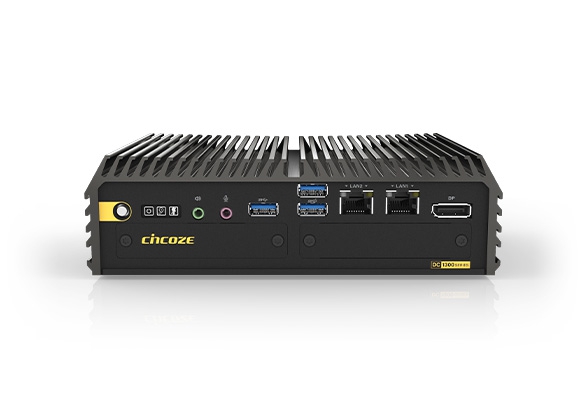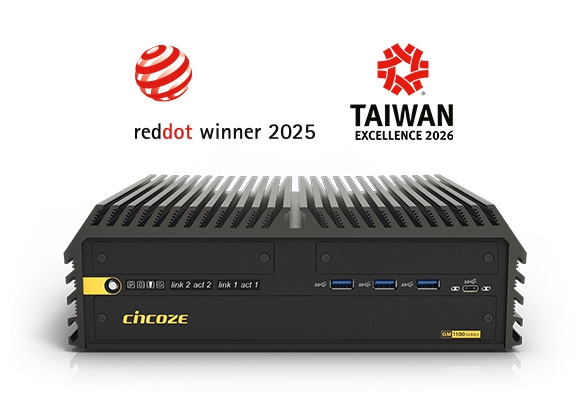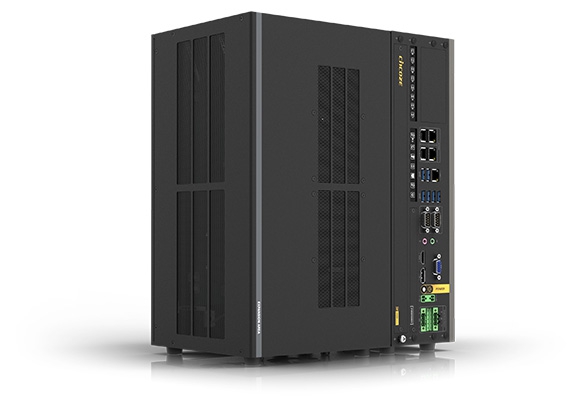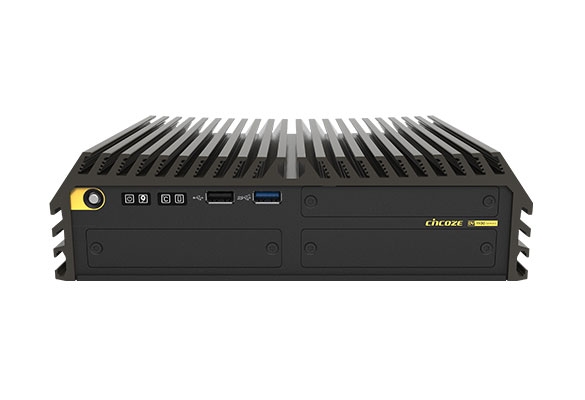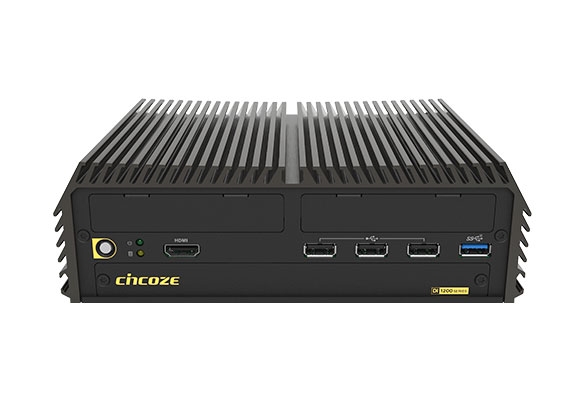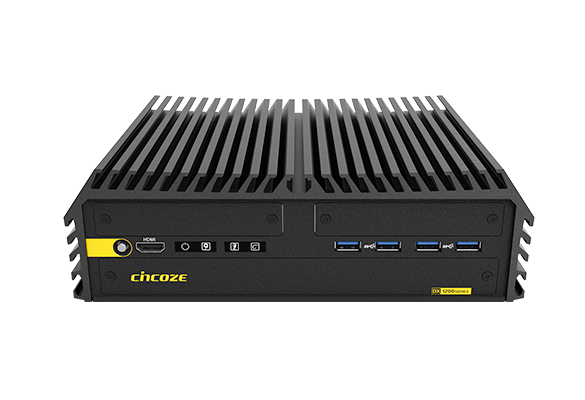
E-mark: Gateway to the European automotive market
Meeting safety and compliance requirements is the non-negotiable foot in the door for entering the in-vehicle electronics and smart transportation market. As the popularity of these technologies grows, so do the stringent regulations imposed by various countries. Manufacturers of in-vehicle products with their eye on entering these markets must take local market regulations and certification into account during the early stages of the design process.
The widespread adoption of E-mark certification, in Europe and globally, makes it a must-have for in-vehicle electronic products. Nowadays, it is a fundamental procurement criterion for most system integrators. For in-vehicle industrial computers focusing on applications such as smart transportation and fleet management, E-mark certification signifies product quality and serves as an important advantage in gaining customer trust.

What is E-mark certification? Do you need E-mark or e-mark?
E-mark certification is developed in accordance with the relevant regulations of the United Nations Economic Commission for Europe (UNECE) and the European Union (EU), and is mainly aimed at the conformity marking of components and electronic equipment installed in vehicles. This certification ensures that on-board equipment meets the regulatory requirements of the European market. It focuses on electrical safety and electromagnetic compatibility (EMC) to maintain the safety and smooth operation of vehicles.
The "E-mark" and "e-mark" are a common point of confusion when it comes to automotive electronics certification. Although they look similar, the two marks are governed by different regulatory bodies, with different scope of application and product targets.
- E-mark (uppercase E) is a mandatory certification system established by UNECE for vehicle electronic and electrical equipment. Obtaining E-mark certification means that the product complies with UNECE's technical specifications in terms of EMC and electrical safety. This is a legal requirement for products entering the European market and other UNECE member states. The marking format is "E + number", where the number represents the issuing country, for example, E1 is Germany and E4 is the Netherlands.
- e-mark (lowercase e) is a certification system developed in accordance with European Union (EU) directives, mainly targeting the consistency requirements of whole vehicle type approval (WVTA) and vehicle components. Although the marking formats are similar (such as e1, e4), their legal basis and certification processes are different, and are mainly implemented by the competent authorities of EU countries in accordance with EU Directives.
| Country Code Comparison Table | |||||
| Code | Issuing Country | Code | Issuing Country | Code | Issuing Country |
| 1 | Germany | 18 | Denmark | 37 | Turkey |
| 2 | France | 19 | Romania | 39 | Azerbaijan |
| 3 | Italy | 20 | Poland | 40 | Macedonia |
| 4 | Netherlands | 21 | Portugal | 43 | Japan |
| 5 | Sweden | 22 | Russia | 45 | Australia |
| 6 | Belgium | 23 | Greece | 46 | Ukraine |
| 7 | Hungary | 24 | Ireland | 47 | South Africa |
| 8 | Czech | 25 | Croatia | 48 | New Zealand |
| 9 | Spain | 26 | Slovenia | 49 | Cyprus |
| 10 | Serbia | 27 | Slovakia | 50 | Malta |
| 11 | United Kingdom | 28 | Belarus | 51 | South Korea |
| 12 | Austria | 29 | Estonia | 52 | Malaysia |
| 13 | Luxembourg | 31 | Bosnia | 53 | Thailand |
| 14 | Switzerland | 32 | Latvia | 56 | Montenegro |
| 16 | Norway | 34 | Bulgaria | 57 | San Marino |
| 17 | Finland | 36 | Lithuania | 58 | Tunisia |
For in-vehicle electronic equipment such as in-vehicle industrial computers, in-vehicle displays, and camera systems, it is recommended to obtain E-mark (uppercase E) certification first. It is the basic requirement for entering the European market and is also a key audit item for system integrators.
E-mark test items
E-mark certification verifies, through multiple EMC and electrical safety tests, that on-board electronic equipment can avoid interfering with the vehicle control system during driving and resist the risk of failure caused by the external interference from other sources.
Some common test items with descriptions are shown below:
| Test item | Test description |
| Radiated Emissions | Does the product produce electromagnetic waves that exceed safety limits while it is in use? This is important to prevent interference with other electronic devices inside and outside the vehicle. |
| Conducted Emissions | Does the product still operate normally under external EMC field interference? This ensures that the product has sufficient anti-interference capabilities. |
| BCI Immunity | By injecting a modulated signal into the wiring harness through the overcurrent probe, the stability of the product can be simulated when the vehicle's internal cables are subjected to electromagnetic interference. |
| Radiated Immunity | In a space without reflection shielding, use an antenna to generate electromagnetic waves to test the product’s ability to resist electromagnetic radiation interference. |
| 150 mm Stripline | Use a 150mm wide stripline to inject high frequency electromagnetic interference into the device under test to evaluate the interference immunity capability between adjacent wiring harnesses. |
| 800 mm Stripline | Use 800mm wide stripline to simulate long-distance wiring harness electromagnetic field interference and test the equipment's anti-interference performance in a real automotive environment. |
| Transient Testing | Simulate instantaneous disturbances such as voltage spikes and fast transient pulses to test the tolerance and stability of the equipment. |
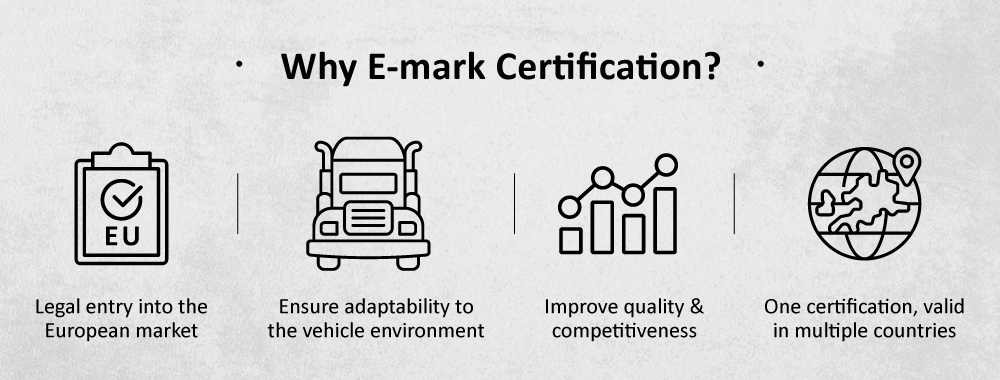
Why do you need E-mark certification?
Legal entry into the European market
Obtaining E-mark certification means that the product has complied with regulations and passed rigorous testing, and can enter the European and many international markets without obstacles.
Ensure adaptability to the vehicle environment
The test items cover EMC, electrostatic discharge (ESD), voltage surge tolerance, and more, simulating various driving environments to ensure the stability and reliability of the product.
Improve quality and competitiveness
The rigorous review process ensures that products meet high safety and high quality standards from materials, design to mass production, greatly enhancing user trust and accelerating purchasing decisions.
One certification, valid in multiple countries
The EU E-mark implements a mutual recognition system. Companies only need to obtain certification in one country to circulate in most European countries, saving resources for repeated testing and accelerating product launch.
Cincoze E-mark In-Vehicle Industrial Computer Lineup
Rugged Computing – DIAMOND Product Line | ||||
| Series | 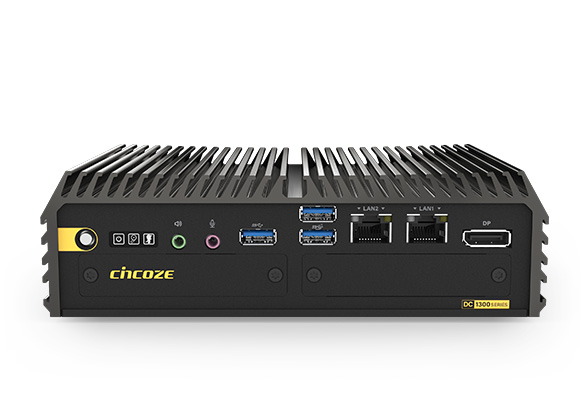 | 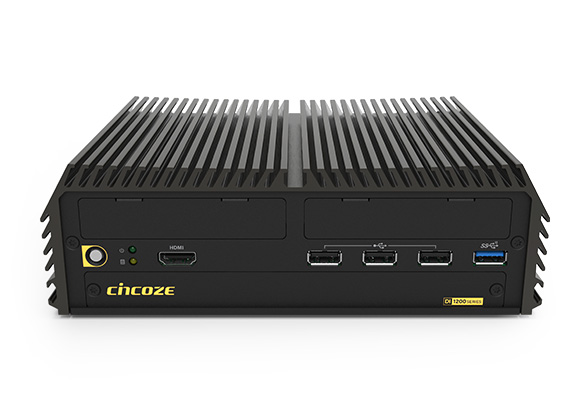 | 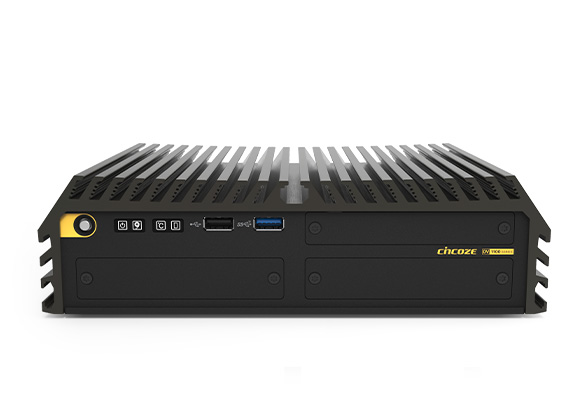 | 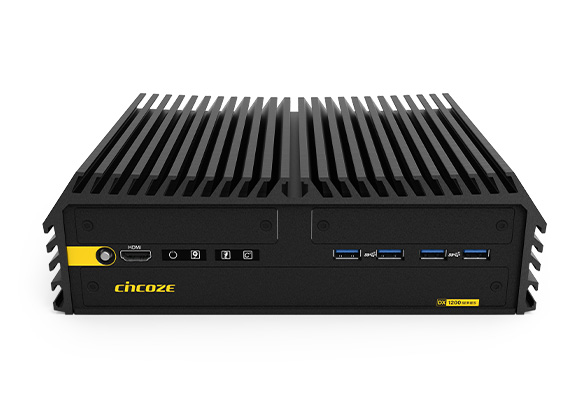 |
| DC Series | DI Series | DV Series | DX Series | |
| CPU TDP | 6W -12W | 15W | 35W - 65W | |
| Features |
|
|
|
|
GPU Computing – GOLD Product Line | ||
| Series | 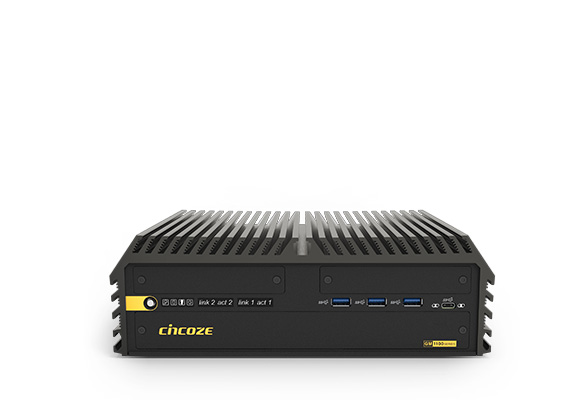 | 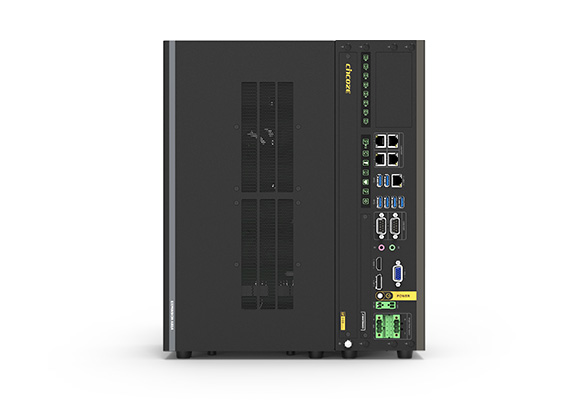 |
| GM Series | GP Series | |
| CPU TDP | 35W - 65W | 35W - 65W |
| GPU Type | MXM GPU | PEG GPU |
| Power Budget | 360W | 720W |
| Features |
|
|
